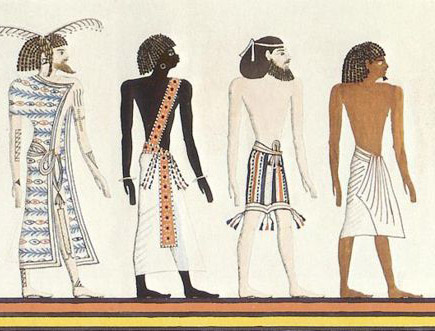There are many pre-conceived notions on how different cultures view intimate relationships. Different cultures do have their own views about intimate relationships. Some cultures are more romantic, showering their significant others with gifts. Some cultures are more demanding and expect their lovers to be more submissive. Then there are cultures that don’t expect too much of anything from their partner; they just enjoy being in a relationship.
Latino. This culture is known to be more romantic. The men love to shower their women with flowers, candy and gifts. However, the men are the head, and are expected to be treated with respect. The women are known to be respectful to their men. They enjoy cooking, eating and having a real great time together. They enjoy all types of intimacy with their partner, and do not refrain from having sexual relationships before marriage.
African-American. Some individuals enjoy giving gifts, but you may find that a lot of them enjoy receiving them more. This culture enjoys social functions and fine dining. Some believe in keeping their affection for one another strictly behind closed doors whereas others may be more than willing to show how they feel out in public. This culture enjoys intimacy with their partner. They explore and find many ways to please one another.
European American. Generally, you will find that this culture is a little more reserved in their intimate relationships. They may not show any affection for one another at times but their affection quite often goes without saying. They have an understood love between them. However, the men do believe in treating their significant others very specially.
Indian. You may find that in this culture, relationships are handled with a little more submissiveness. The men seem to control the relationship. So, they think anyway. Sometimes, women have a way of controlling things and the men do not even know it. The men do remember to bring their better half flowers on occasions. This culture does not generally believe in any type of pre-marital sex.
Source: Renata Johnshon (Cultural Psychologist)
